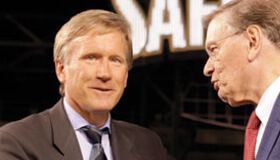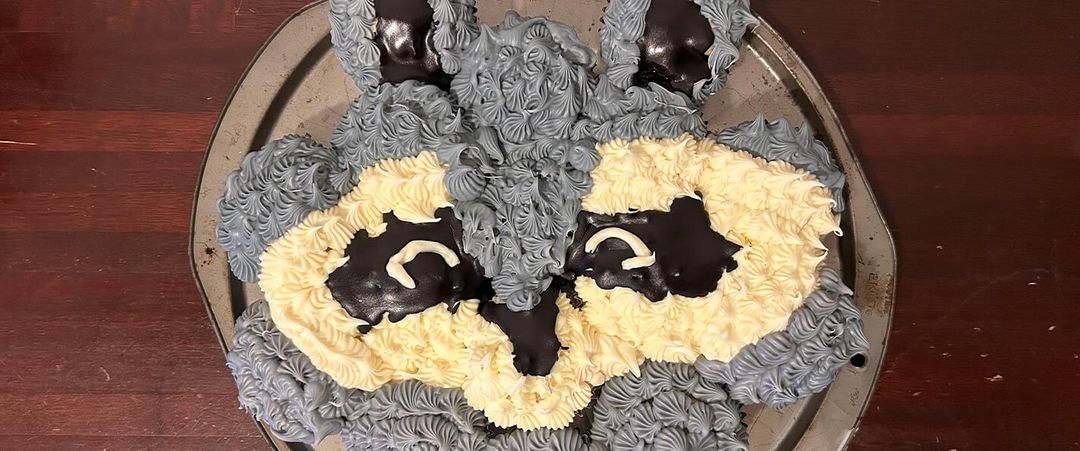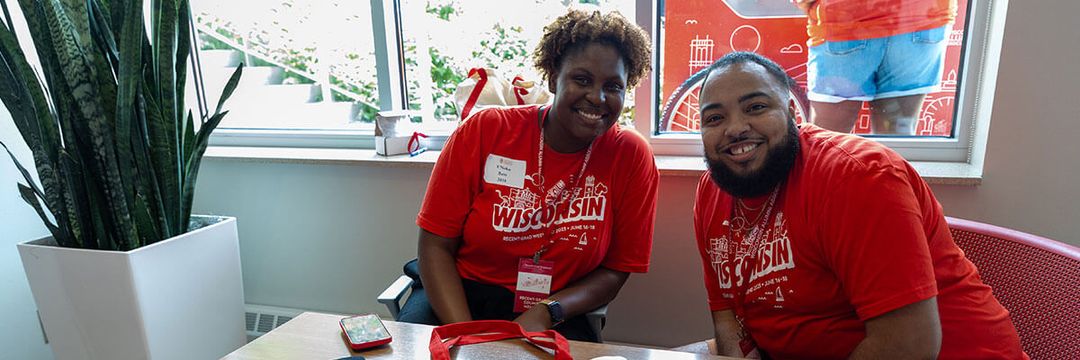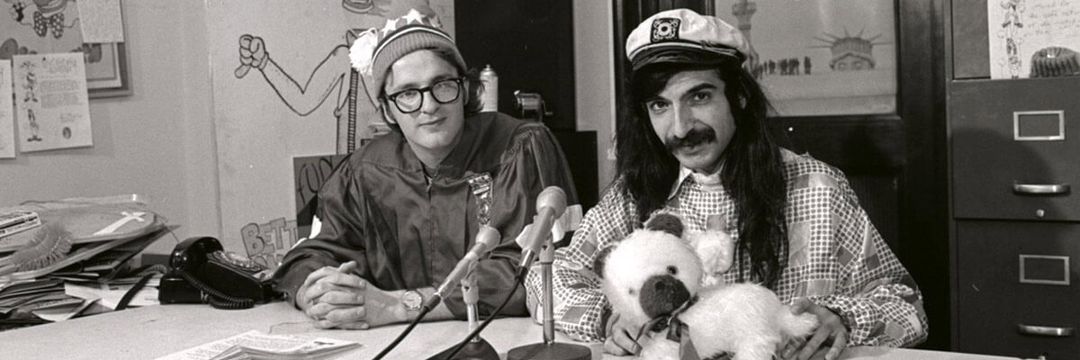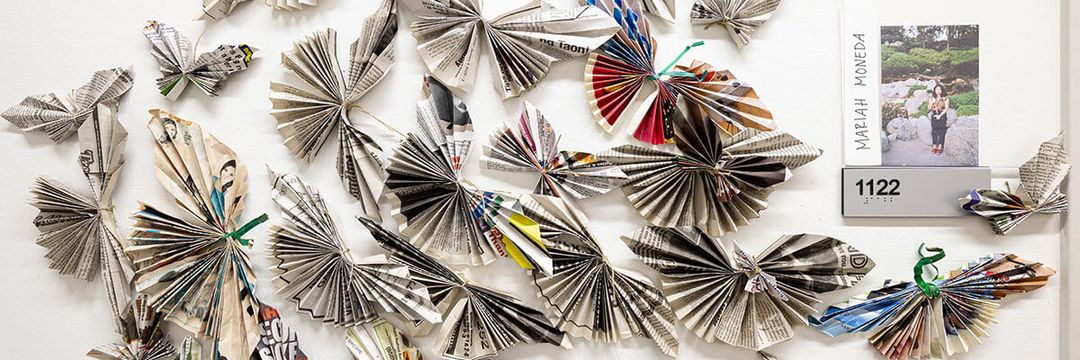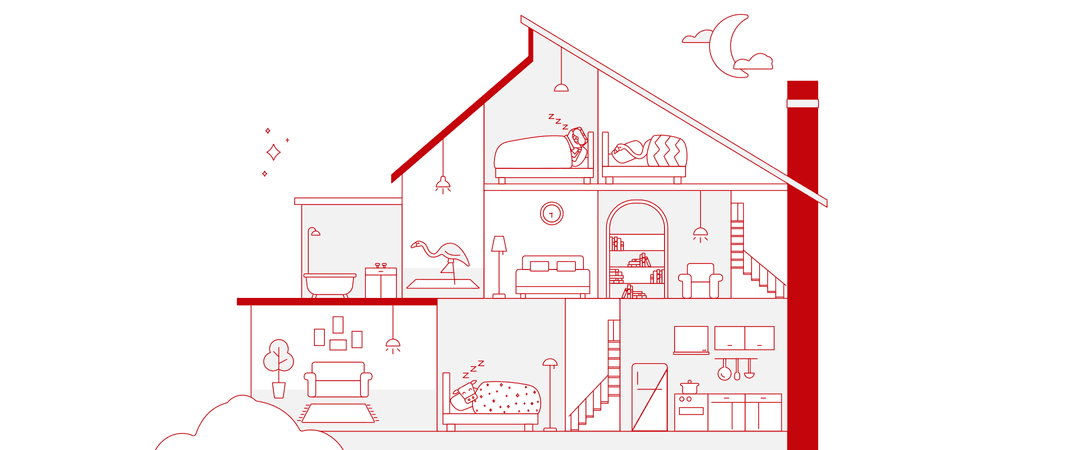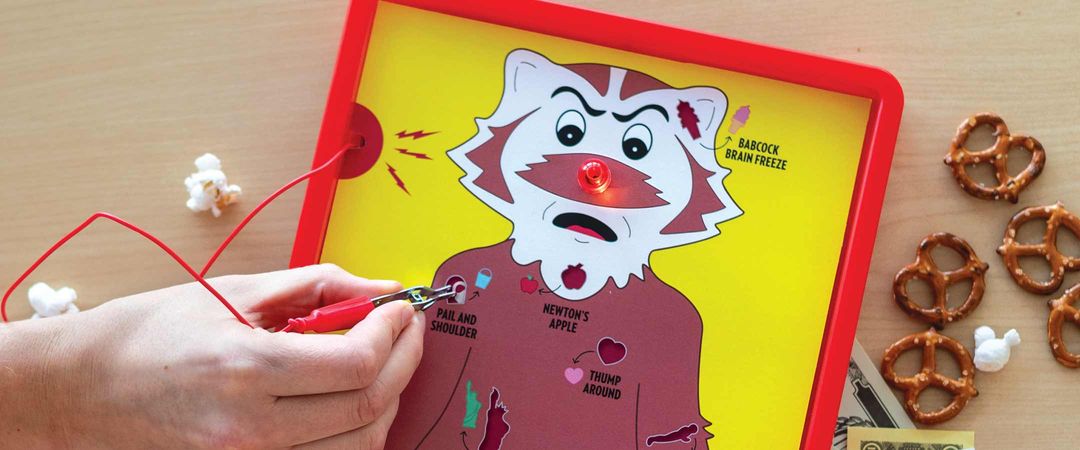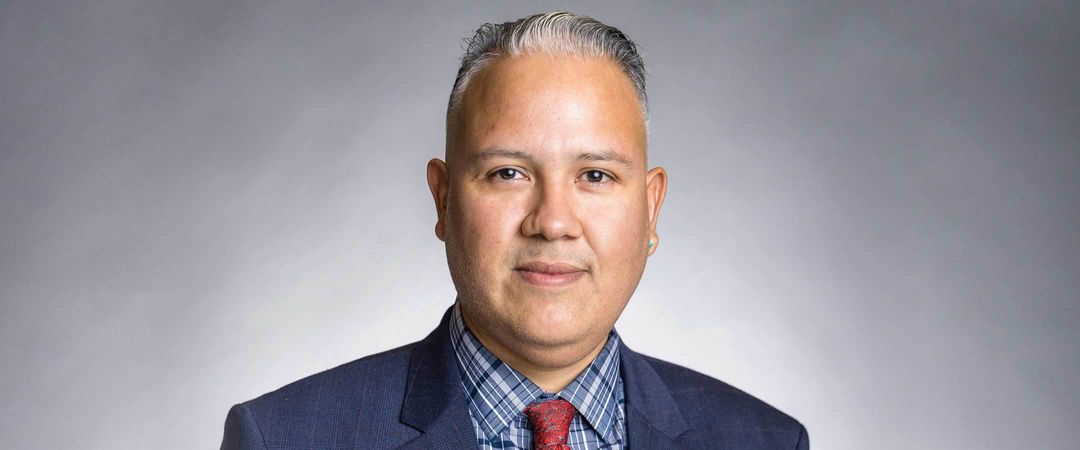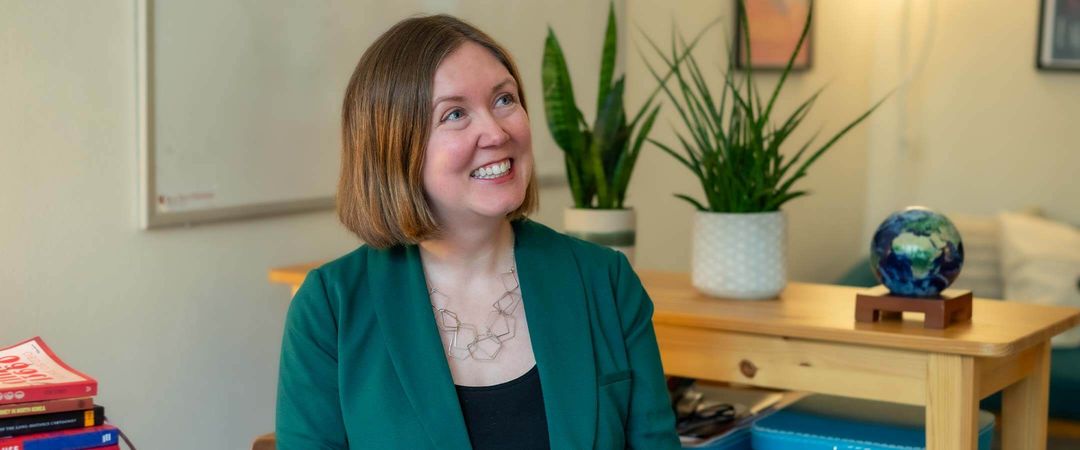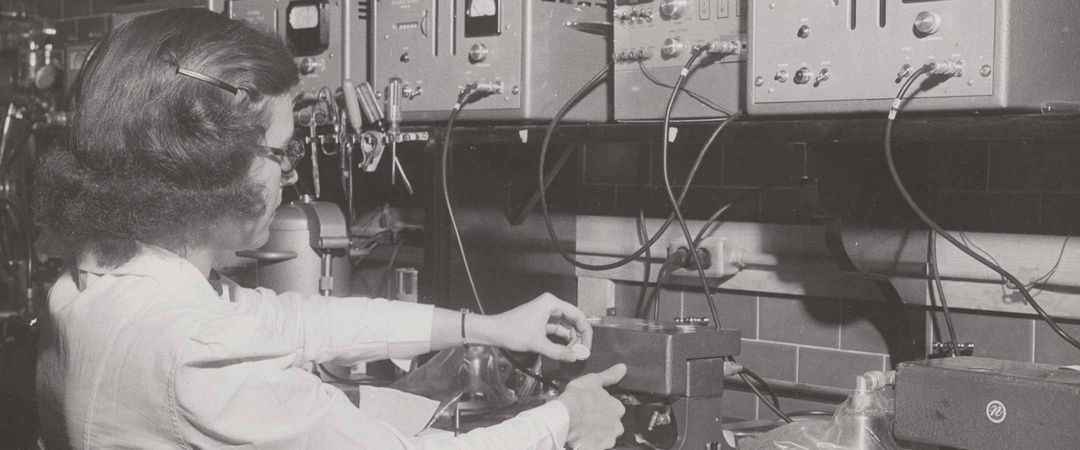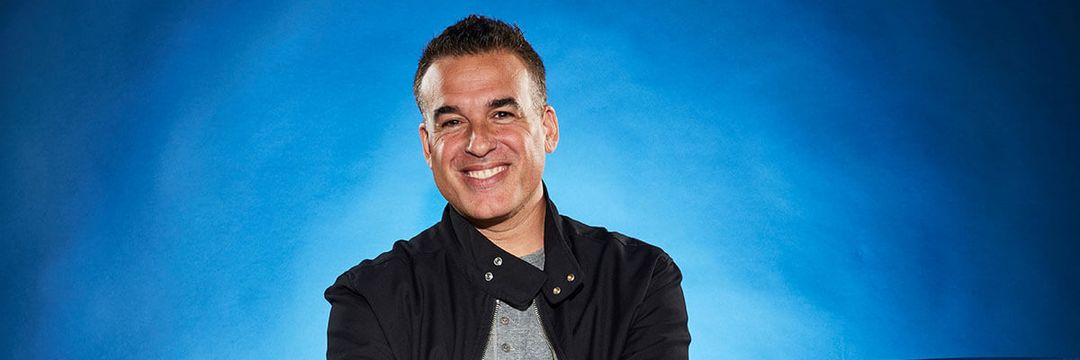14 questions with an alumnus on the move
(expanded from the Spring 2013 edition of Badger Insider Magazine)
An avid outdoorsman, Scott Jenkins ’86 has always had an affinity for the environment and for sports. (He was a member of the UW’s 1982 NCAA Champion cross-country team.) Today he combines those passions. Jenkins is the Vice President of Ballpark Operations for the Seattle Mariners and board chair of the Green Sports Alliance, which helps sports teams, venues and leagues improve their environmental performance.
Did attending the UW play a role in your interest in the environment?
Yeah, it did. I had a class, an environmental studies class, that really got me interested in how we treat the environment. And of course, you’ve got guys like Aldo Leopold and John Muir that have a rich history with the university, so you definitely feel an environmental vibe when you’re on campus.
Have you gotten fans involved in the Mariners’ green initiatives?
This past year we had a program called Sustainable Saturdays, where we had the BASF Kid Compost Trivia Quiz with different environmental questions. We asked a question at the end of the first inning, and then people would text in their answer. At the end of the seventh inning, our two recycling super heroes, Kid Compost and Captain Plastic awarded a randomly selected winner a new Kindle Fire and an autographed baseball.
Do you feel being eco-friendly in the stands can have a positive impact with the product on the field, too?
Obviously, winning baseball games is what we’re all about. But in my world of operations, we want to win and run the building efficiently. So the money we don’t spend on operations costs we can use to enhance the guest experience and support the team. My dollars aren’t huge, but over the last five or six years, we’ve delivered a couple million dollars of value to the baseball club. Had we simply continued on, business as usual, we wouldn’t have improved our environmental performance or our financial performance.
Have you gotten Mariner players to buy in and help promote Safeco’s green movement?
Last season we used [starting pitcher] Felix Hernandez to promote our zero-waste initiative called Strike Out the Landfill.As an interesting side note, five years ago we probably had 600 landfill containers around Safeco Field. But when you realize what’s in that waste stream — things of value that shouldn’t be thrown into a landfill, and instead be recycled, we evolved. Now we have 600 recycling containers and sixteen landfill containers in the ballpark for the public. So we’ve really flipped our waste stream on its head, and we’re recycling-centric as opposed to landfill-centric.
What was the biggest challenge you faced in taking Safeco green?
The challenge is looking at who you are and identifying opportunities. Like anything, you pick the low-hanging fruit first, the stuff that’s easy to achieve that has the greatest environmental or financial benefit, and you just keep climbing up higher in the tree to find the next thing. It’s not something you can do overnight, but when you realize the opportunity out there and start to chip away at it, pretty soon you have a good story to tell.When I got here, our recycling rate was 12 percent. With the year that just ended this past October we’re at 86 percent. We’ve reduced our energy intensity by 25 percent since 2006 or 2005, and that’s been worth over $1.5 million to us in terms of value.
How do you balance the desire to be eco-friendly with the realities of operating a major league baseball stadium?
Sports is entertainment, and it’s fun. And people come here to have a good time, and that’s really first and foremost what we’re about — winning baseball games and entertaining our fans. But fans consume a lot of energy and water. So when you see the waste 40,000 people create on a game day, you can’t help but think that we shouldn’t just throw it all in a landfill. That stuff has value, both economically and environmentally.Beyond that, let’s manage the supply side as well, and try to get products that have less environmental impact. We do a lot of stuff electronically now where we don’t need to print things. The paper we do use in the office is 100 percent post-consumer recycled fiber. And now roughly 98 percent of the cleaning products we use to clean the building are green certified. They don’t really cost us much more to buy them, and they still perform up to our standards. So it’s a healthier environment for our employees and our guests. We’re just raising our game to another level.
Where do you see room for improvement at Safeco?
On the recycling side, we’re striving for zero waste. I’d love to get to a 90 percent recycling rate. We’re at 86 percent now … and the San Francisco Giants just weighed in at 94 percent.On energy and water, we’ve already had a 25 percent reduction in utilities, which is worth a fair amount of money. But there are still ways to improve.From a procurement standpoint — just buying products that are competitively priced that have the quality attributes you want and are also more environmentally sensitive.
The big nut is really transportation. If you’re looking at the environment, and you’re concerned about climate change and carbon emissions, the biggest issue is transportation, and it involves the fans, because the biggest share of the carbon associated with us having a game is the transportation of the fans to and from the game.
So we’re looking at ways to show fans alternative modes of getting to the ballpark — whether it’s electric vehicle charging stations on site, hybrid vehicle promotions, or public transit options.
The Mariners and Safeco Field have been at the forefront of being eco-friendly. Since putting your initiatives in place, and seeing the savings, have you seen other stadiums and teams follow suit?
That’s the exciting part about it for me. What started as a side conversation in our industry meetings five or six years ago has actually become a part of how we run our buildings and what we measure. So the whole industry has gotten into it.
Within baseball, we now have a green track program that collects environmental data from teams on recycling and on utilities so we can get good benchmarking information and share best practices with each other. That’s happening at the league level.
Beyond your green efforts at Safeco, can you give me a snapshot at your day-to-day activities?
Every day is different, and that’s what I like about this job. We work a lot. We have a business day, and then we have the event day. We happen to be in the off-season right now, and people quite often assume (incorrectly) that there’s nothing happening. I’ve got a $13 million operating budget. I’m managing $30 million worth of construction projects right now, and much of it has to get done during the off-season. There are 47 full-time employees in my department who are working on special events and planning and getting ready for the baseball season. There’s a lot going on now.Plus, in my world I’m responsible for engineering and maintenance, the grounds crew, security, and events and game-day operations. So there’s always something new.
Seattle and Madison have often been compared in terms of how similar they are culturally. How would you compare the two cities?
I like to refer to Seattle as a grown-up version of Madison … partly because I’m grown up now. Seattle has bigger hills and bigger bodies of water, but both cities are naturally beautiful and vibrant.
Do you have a favorite memory from your time in Madison?
It would have to be winning Nationals in 1982. The University of Texas-El Paso had been the dominant team for years and had a bunch of older, foreign runners. And we were all a bunch of young kids from Wisconsin that upset them in 1982 and took the national title home.
People have a way of glorifying what it would be like to work in professional sports. What’s life like on the business side of professional sports?
It’s not as glamorous as one might think. While it’s a great environment to work in, it’s very demanding. But I wouldn’t do anything else. It’s a blast.
Working on the business side of professional sports has a way of diminishing enthusiasm for the games. Are you still a fan at heart?
Oh, I am. The more you’re around it, the more you like it. While it is work, it’s a special place to come to work. It’s fun. What I like about it the most is the variety of people you get to interact with — whether they’re employees or fans that come to the ballpark. It’s just a very invigorating environment to work in and provide service to people.I’m also a big Badgers basketball fan. I love Wisconsin hockey. And I love track and cross-country especially, since I ran on the UW team. In fact, it was just over 30 years ago that we won the NCAA championships in cross-country. Hard to believe it’s been 30 years.
Have you reached out to the UW about ways to incorporate green initiatives?
Through the Green Sports Alliance, our primary focus is professional sports. But we’re starting to look at ways to grow, and the college world is one opportunity. There are tons of resources on every campus on sustainability, but I don’t know how much of that is linked to athletics. So, since sports teams are probably the most visible part of any campus, if we can leverage our environmental message around campus sports, there’s tremendous potential there. Whether it’s one-on-one with a particular school or with a conference, there are lots of opportunities, or as we like to say, a better way to play.
